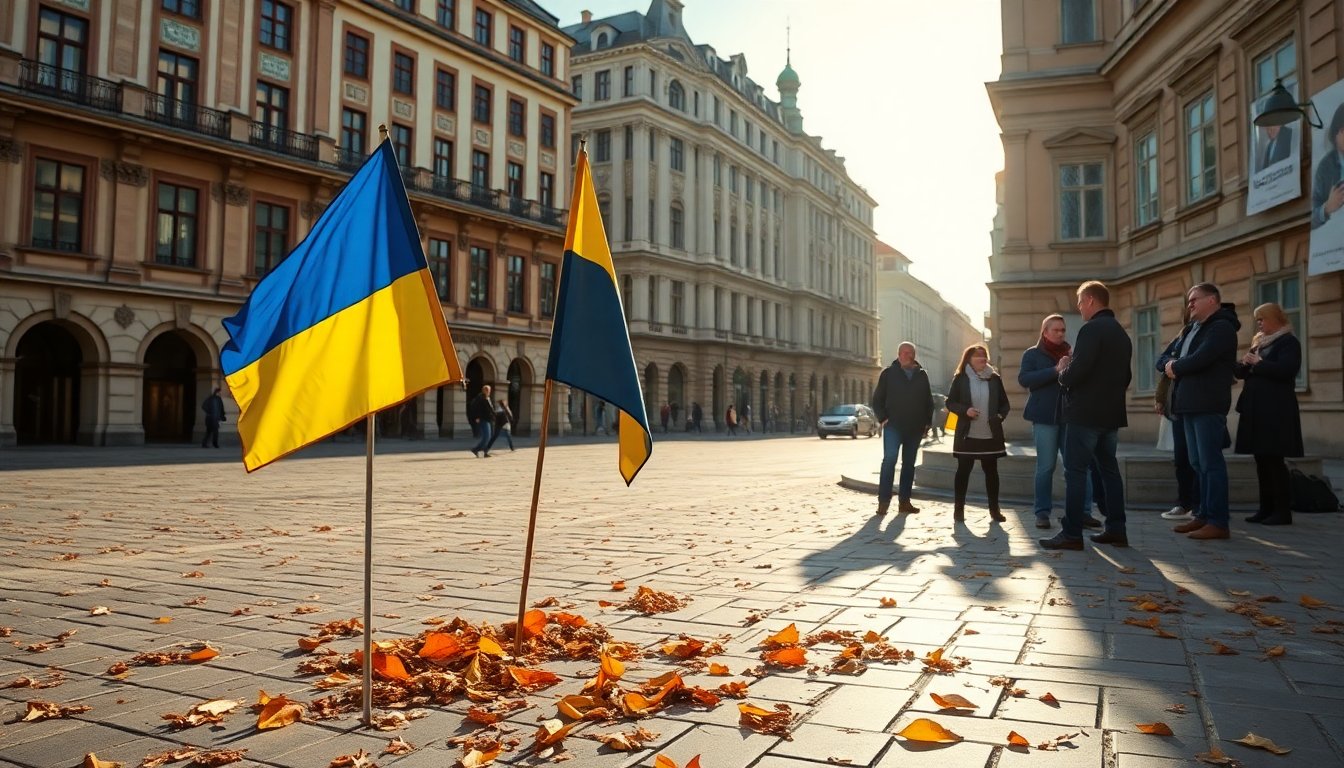Table of Contents
The ongoing conflict between Ukraine and Russia has captured global attention. Recently, former President Donald Trump has entered the conversation, urging both nations to pursue a peaceful resolution. However, the situation remains complex, particularly due to territorial disputes that continue to create friction between the two countries.
Discussions reveal that the core issue is whether Ukraine is willing to concede additional territory to Russia. This topic poses a significant barrier to an agreement, as both parties hold deeply entrenched positions that complicate the pursuit of peace.
The current state of negotiations
Efforts to broker peace have fluctuated, with varying levels of engagement from Ukraine and Russia. Trump, in his recent remarks, has expressed optimism about the potential for progress. However, this optimism must be viewed through the lens of the substantial divides that still exist between the two nations on critical issues.
Territorial disputes
At the heart of the negotiations lies the contentious issue of territory. The disputed regions are crucial for both nations, with Ukraine firmly opposing any idea of ceding land to Moscow. This resistance is rooted not only in politics but also in national identity and sovereignty.
Conversely, Russia continues to assert its claims over specific areas, viewing them as vital to its security and influence in the region. The underlying dynamic of power complicates these territorial discussions, making them particularly sensitive and potentially escalatory.
International implications
The stakes are high, not only for Ukraine and Russia but for the broader international community. Trump’s involvement underscores the geopolitical importance of finding a resolution. A peaceful outcome could stabilize the region and improve relations between Western nations and Russia. However, achieving this requires navigating a complex web of alliances and rivalries.
Global responses
International reactions vary widely, with some countries supporting Ukraine’s stance while others align more closely with Russia. This division complicates diplomatic efforts and affects the trajectory of negotiations. Additionally, the ongoing conflict has resulted in a humanitarian crisis, attracting the attention of organizations and governments worldwide.
The possibility of a peaceful resolution hinges on finding common ground amid these conflicting interests. As Trump continues to advocate for dialogue, the question remains: can the two nations bridge their divides and reach a mutually acceptable agreement?
The path forward
Looking ahead, the potential for peace heavily depends on sustained diplomatic engagement. Trump’s hopeful outlook may offer some optimism, but substantial work lies ahead. Key issues, especially regarding territory, must be addressed for any meaningful progress to occur.
Moreover, both sides need to reevaluate their positions and consider compromises that could pave the way for resolution. Equally important, the international community must actively support these efforts to ensure that peace negotiations are not only initiated but also effectively carried through.
Discussions reveal that the core issue is whether Ukraine is willing to concede additional territory to Russia. This topic poses a significant barrier to an agreement, as both parties hold deeply entrenched positions that complicate the pursuit of peace.0


